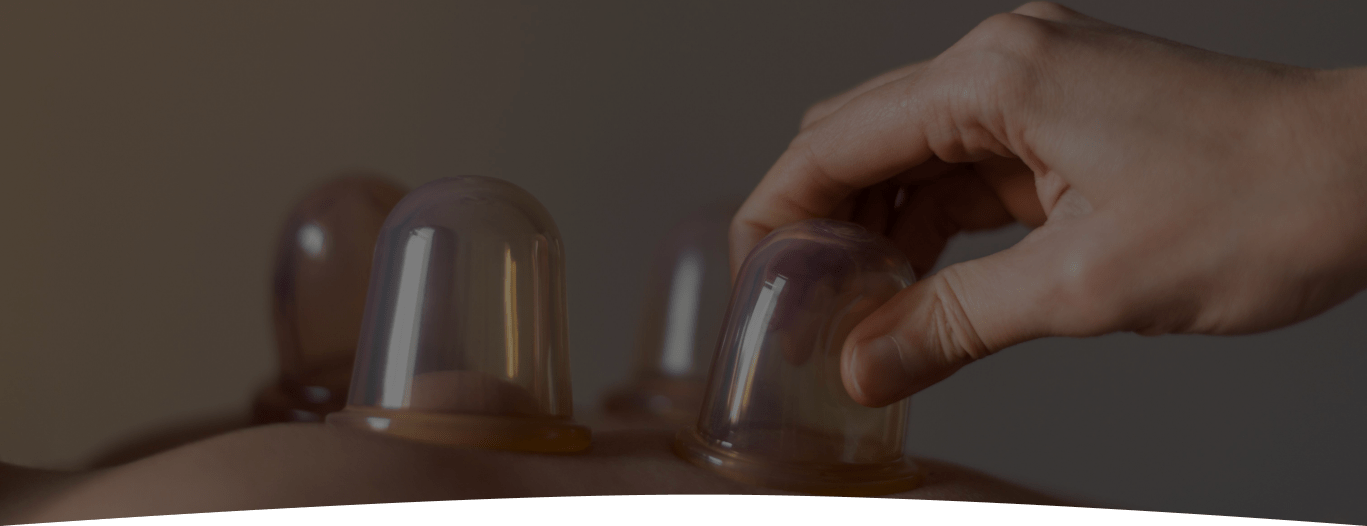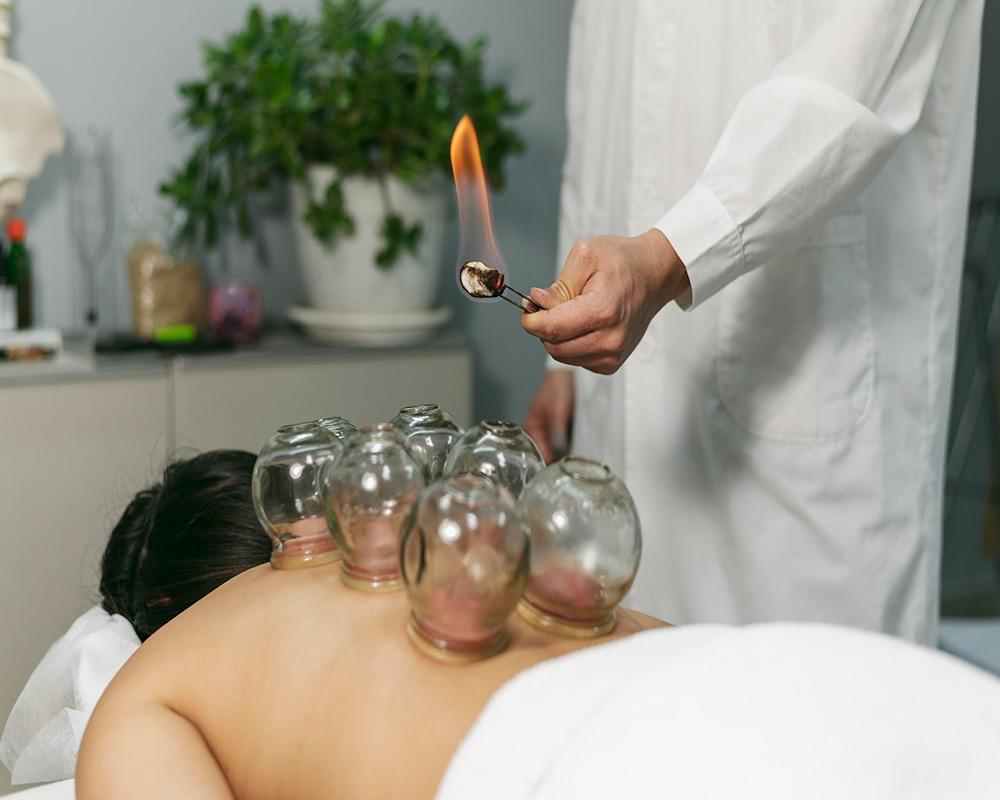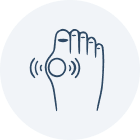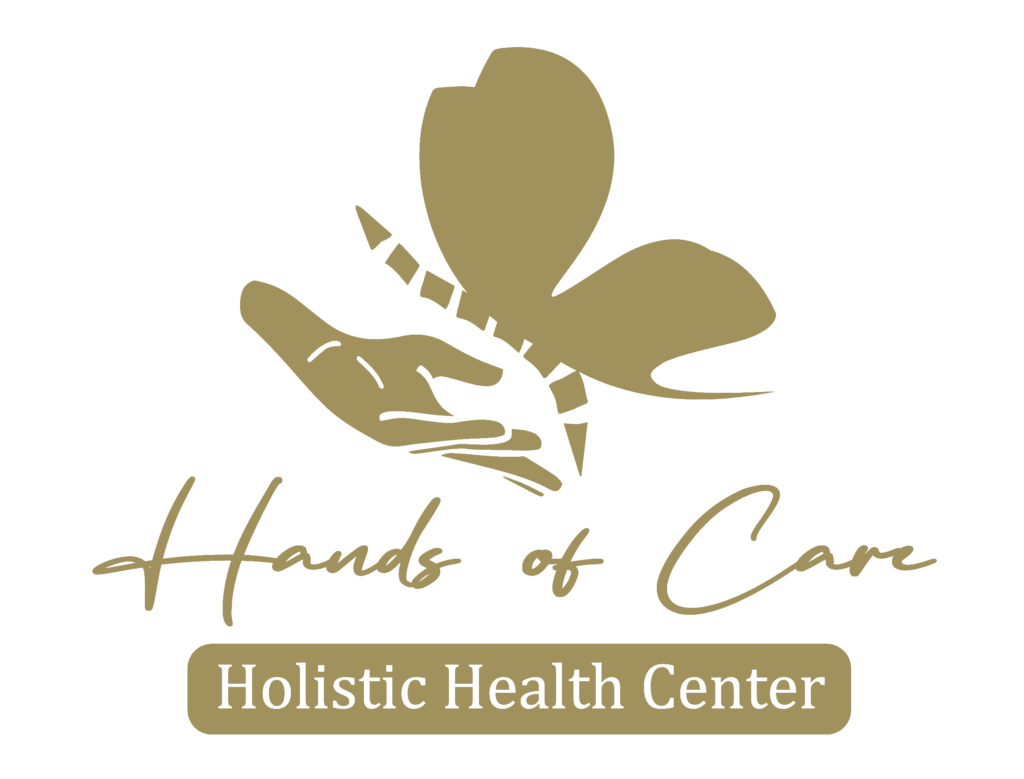
Cupping
Cupping is a therapeutic technique that involves creating suction on the skin to help relieve pain, reduce inflammation, and promote relaxation.



What is Cupping?
“Cupping therapy” is an alternative therapeutic technique that involves applying suction to specific points on the body using various methods, such as heat, mechanical devices, or hand pumps, to create a vacuum-like effect. This technique promotes healing by increasing blood flow, reducing inflammation, and releasing tension in the affected areas. Cupping therapy is often used to treat pain, muscle stiffness, respiratory conditions, and other health issues.
Cupping therapy is an ancient healing practice that involves placing special cups on the skin to create suction. The suction draws the skin and underlying tissue into the cup, which promotes healing and reduces pain and inflammation.
Cupping therapy can be performed using techniques such as dry cupping, wet cupping, or fire cupping. Dry cupping involves creating suction using a vacuum pump. In contrast, damp cupping involves creating small cuts on the skin to draw out blood. Fire cupping uses heat to create suction by briefly heating the inside of the cup with a flame before placing it on the skin. Cupping therapy is often used as a complementary treatment for various conditions, such as musculoskeletal pain, respiratory problems, and digestive disorders. It is important to note that a trained professional should only perform cupping therapy to avoid potential complications.
Cost
Add-On
*Accepting insurance and health benefits.
Before a Cupping therapy session, it’s important to prepare yourself properly:
- Hydrating: drink plenty of water and fluids to help your body eliminate toxins and better tolerate the suction of the cups.
- Eating light: avoid eating a heavy meal before your session. Having a light meal or snack about 1-2 hours before your appointment is best.
- Wearing comfortable clothing: wear loose-fitting and comfortable clothing that can easily expose the areas that need treatment.
- Communicating with your therapist: inform your therapist if you have any medical conditions or are taking any medications. This will help them determine if Cupping therapy is safe and suitable for you.
- Shaving: if you have excessive hair in the areas that will be treated, shaving them before the session is recommended to ensure a better seal for the cups.
- Avoiding alcohol and caffeine: avoid consuming alcohol or caffeine before your session, as they can affect your body’s sensitivity to pain and may make the treatment less effective.
During Cupping therapy, the therapist uses various techniques to move the cups around the patient’s body. They may leave the cups in place for a few minutes or move them to continue to create a massage-like effect. The therapist may also use other techniques, such as gliding the cups along the skin or applying pressure to specific points. The treatment may last anywhere from 15 minutes to an hour, depending on the patient’s needs and techniques. During the treatment, the patient may feel pressure or warmth in the area being treated.
While Cupping is generally considered safe, certain contraindications should be taken into account, including:
- Skin conditions such as Eczema Or Psoriasis
Skin that is inflamed, irritated, or infected
Varicose veins or arterial disease. - Pregnant women, particularly in the first trimester, and menstruating women should avoid abdominal and lower back Cupping.
- People with a bleeding disorder or on blood thinners should avoid Cupping.
- People with a history of heart disease or high blood pressure should avoid strong Cupping.
- People with a history of seizures or epilepsy should avoid Cupping the neck and head area.
It’s important to consult a qualified healthcare practitioner before trying Cupping to ensure it is safe for your specific health conditions.
What do you get
Here are potential benefits of Cupping therapy:


Pain relief
Cupping therapy is believed to reduce pain by relaxing tense muscles and improving blood flow to the affected area.

Reduced inflammation
Cupping therapy is thought to reduce inflammation by increasing blood flow to the area, which can help flush out toxins and waste products.
Improved circulation
The suction created by Cupping therapy can increase blood flow to the treated area, which can help improve circulation and promote healing.
Reduced muscle tension
Cupping therapy can help release muscle tension and promote relaxation, which may be beneficial for those with chronic muscle pain or stiffness.
Improved immune function
Some studies suggest that Cupping therapy may help boost the immune system by increasing white blood cell count and stimulating the production of antibodies.
Improved digestion
Cupping therapy may help improve digestion by stimulating the digestive system and promoting the release of enzymes and digestive juices.
The Cupping benefits
Reduced anxiety and stress
Cupping therapy may have a calming effect on the nervous system.
Improved skin health
Cupping therapy is believed to promote healthy skin by increasing blood flow and oxygenation to the area.
Improved respiratory function
Cupping therapy may help improve respiratory function by promoting the relaxation of the chest muscles.
Recommended services
Cupping
Cupping is a therapeutic process wherein suction on the skin is designed to lower pain and promote relaxation.
What is Cupping?
Applying suction to certain places on the body using different techniques, such as heat, mechanical devices, or hand pumps, cupping treatment is an alternative therapeutic procedure meant to produce a vacuum-like effect. This method releases tension in the afflicted regions, lowers inflammation, and boosts blood flow, therefore fostering recovery. Discomfort, athletic tension, respiratory problems, and other medical ailments are common targets of cupping treatment.
This treatment is an ancient therapeutic method wherein certain cups are placed on the skin to produce suction. The suction pulls the skin and underlying tissue into the cup, therefore boosting healing and reducing pain.
Techniques ranging from dry to wet cupping, as well as fire cupping, may be used in cupping treatment. With dry cupping, a vacuum pump generates suction. Damp cupping, on the other hand, involves tiny skin wounds meant to release blood. Fire cupping places a cup on the skin after burning its interior with a flame to make suction. Many conditions, including pain, respiratory problems, and digestive issues, may be treated positively with cupping therapy. A skilled practitioner should only use cupping treatment to stop any issues, hence.

